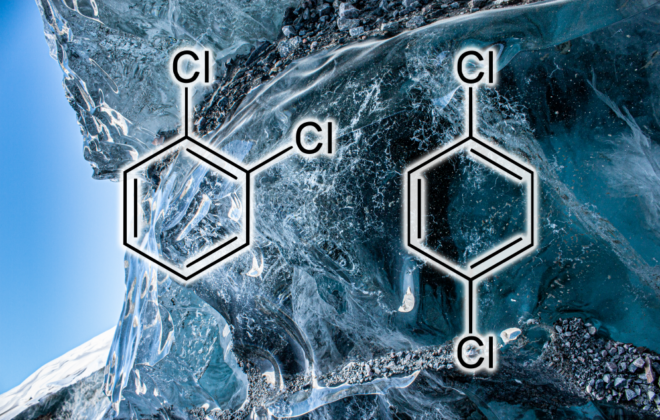Webinar on FAIR drone data
This week, I had the pleasure of giving a webinar on how to publish FAIR drone-based datasets in Svalbard, organized by SIOS and now available on YouTube. The webinar focused on transforming drone-derived data—such as digital elevation models (DEMs) or orthomosaic photos—into netCDF formats and…
More on How Unmanned Vehicles are used for Science in Svalbard
Today a report on the State of Environmental Science in Svalbard (SESS) was released during the SIOS Polar Night Week in Longyearbyen. It is the fourth issue of an annual series of reports published by the Svalbard Integrated Arctic Earth Observing System (SIOS). I wrote a chapter…
Drone-mapping of Nordenskiöldbreen in Svalbard
Two years ago I went on an amazing fieldwork trip to map glacier crevasses in Svalbard with drones. We spend five days in Bruebyen and hiked to the glacier front of Nordenskiöldbreen. From there, I have been flying the drone over the impressive glacier while…
Are drones going to be banned from Svalbard?
A new legislative proposition threatens the use of aerial and marine drones in Svalbard. The proposal to the Svalbard Environmental Protection Act introduces a ban of drones in all protected areas in Svalbard. Scientific drone applications could be severely hurt by this regulation. I am…
Finding pesticides in the Arctic and Antarctic
Another paper on the topic of industrial chemicals that I have contributed to has been published. The paper is titled: “Historic Atmospheric Organochlorine Pesticide and Halogenated Industrial Compound Inputs to Glacier Ice Cores in Antarctica and the Arctic“. In the paper we are looking at…
Coronavirus and Drone Research in Svalbard
A new article has published, to which I contributed. The paper describes the effect of the Corona pandemic on research activities in Svalbard. In the paper, I wrote about how the pandemic has affected drone missions that had been planned for a long time –…
How Unmanned Vehicles are used for Science in Svalbard
Today a report on the State of Environmental Science in Svalbard (SESS) was released during the SIOS Polar Night Week in Longyearbyen. It is the third issue of an annual series of reports published by the Svalbard Integrated Arctic Earth Observing System (SIOS). I wrote…
Impressions 2020
With the year coming to an end, it is a good opportunity to reflect upon the last 12 months. The year 2020 has certainly been a special year for all of us. For me, it certainly had some very special moments. It was a year…
Finding industrial pollutants in the Arctic and the Antarctic
I have been contributing to a paper that was recently published, where we investigated industrial pollutants found in locations in the Arctic and the Antartic. We analysed ice and firn cores from glaciers and ice sheets for polychlorinated biphenyls (PCBs) from two sites – one…
Mapping glaciers with drones in Svalbard – this is how we actually do it
Researchers at UNIS conduct fieldwork on Svalbard glaciers using drone technologies. The goal is to improve our understanding of how climate change accelerates the melting of glaciers. I wrote an article explaining how the drone fieldwork is conducted. A typical summer fieldwork day starts in…









